How to grow lettuce – plant and care for iceberg lettuce and other varieties
Find out how to grow lettuce successfully from sowing to picking
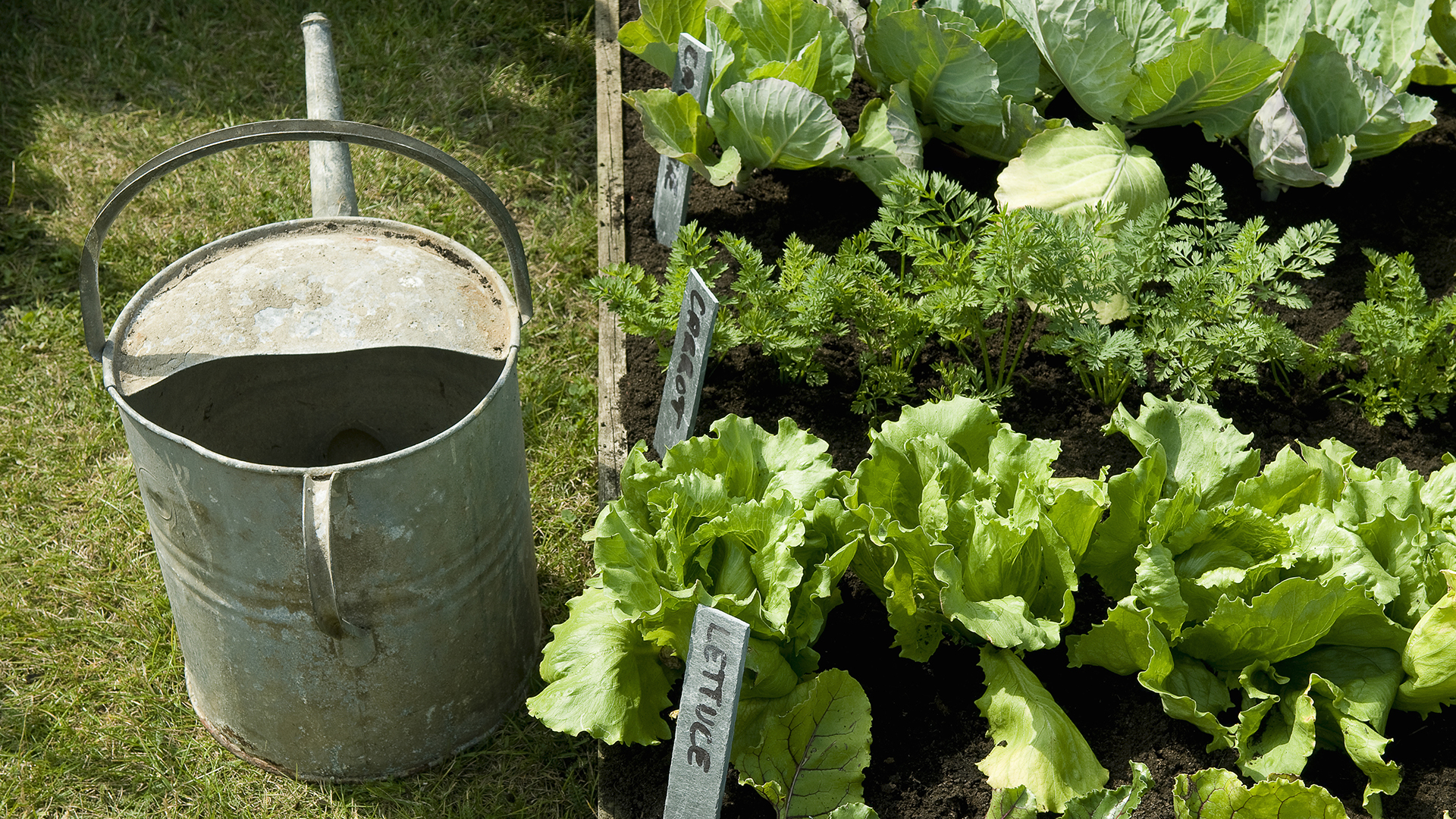
Why would you want to know how to grow lettuce when it's so easily available at the store? Well, if you’ve ever eaten freshly picked homegrown lettuce you’ll know there’s a world of difference between the deliciously succulent leaves straight from the garden, and the sad, wilting specimens you might find in a supermarket.
It’s not difficult to grow your own lettuce from seed and it doesn’t take long for them to grow. In fact, get it right and you can have a fresh supply all summer long.
Below, we tell you how to grow lettuce, and how to plant and care for iceberg lettuce and other varieties, so that you can add it to your list of kitchen garden ideas.
How long does it take to grow lettuce?
With the right growing conditions, you can sow lettuce seeds and be harvesting your first leaves in less than six weeks. You can even be eating your own homegrown lettuce leaves before then if you harvest the edible young seedlings rather than discarding them as you thin your plants out.
What is the easiest lettuce to grow?

All lettuces are easy to grow, however, loose leaf lettuces – any of the varieties that don’t form a firm heart – are probably the easiest to grow.
Although it takes around 40 days for the plant to reach maturity, you will need to thin the seedlings out to allow more space for the mature plants. You can wash and eat the thinnings.
Try varieties such as Cos 'Little Gem' and Butterhead lettuce ‘All The Year Round’, which are both good growers, and are among TV gardening expert Monty Don's favorite varieties.
What month do you plant lettuce?
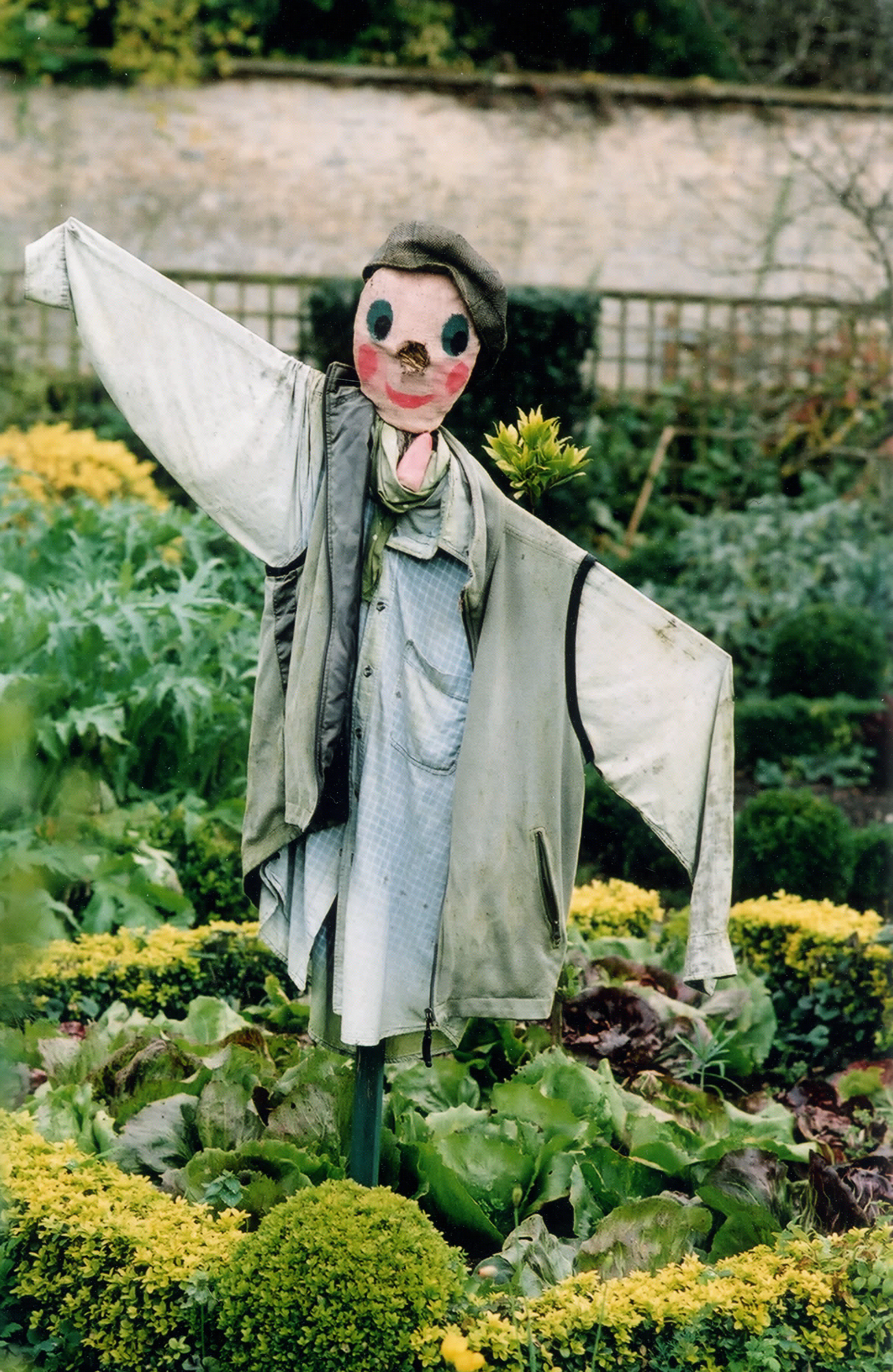
If you know when to plant lettuce in your zone, you are more likely to be successful. You can sow lettuce seeds all year round, sow them outside in spring and summer and grow them indoors in winter. As lettuce plants prefer cooler temperatures it’s best to sow seeds outdoors from March to August. If you want to grow and harvest your lettuces in winter, you will need to keep them indoors in a warm, bright space, such as on a window ledge.
Should I soak lettuce seeds before planting?
Some gardeners find that germination is more successful by soaking lettuce seeds in cool water for between 16-24 hours, however that’s not necessary. The key is to barely cover the seed after sowing, just a very fine layer of compost is sufficient as light is needed for germination. The germination process can be speeded up in a warm greenhouse, or by covering the earth with fleece to warm it up before sowing the lettuce seeds.
How to sow lettuce seeds
If you’re sowing lettuce seed outdoors directly into the soil, prepare the ground first by digging in plenty of well-rotted garden compost. This will reduce the likelihood of lettuces ‘bolting’ (going to seed) in hot summer months.
Make sure you have a damp, well-prepared soil or compost and sow the seed thinly. Cover with only a fine layer of compost, as lettuce seeds need light to germinate. They should begin to germinate after about 7 days.
Once they are big enough to handle, thin the seedlings out to allow 10-20cm between plants and mulch around them with well-rotted compost to lock in moisture and keep them healthy. You may need to cover seedlings with fleece to protect them from birds.
Rather than sowing all your lettuce seeds at once, try succession sowing – repeated sowings at intervals throughout the growing season. If you sow little and often you won't end up with a glut of mature plants all ready for eating at the same time.
Garden writer and photographer Leigh Clapp favors the succession planting approach, saying: 'Lettuce will provide around five months’ yield from one seed packet. Sow every two weeks for continuous cropping.'
How often should lettuce be watered?
How often you need to water will depend on how hot or dry the weather is. But the main thing is to keep the compost evenly watered, not to allow lettuce seedlings to dry out. Try to avoid soaking the leaves as this can lead to mildew. Thinning out the plants to allow space between them, helps air to circulate and prevents mildew.
How do you grow iceberg lettuce?

The classic crisphead lettuce, iceberg is a crunchy, pale leafed lettuce with a very firm heart. Now back in favor again after a few decades in the shadow of loose leaf varieties, it’s far easier to grow than you might imagine.
Like all varieties of lettuce, it needs good fertile soil, good light and plenty of water and nutrients. Sow about 8-10 seeds into a seed tray, and transplant the seedlings into the earth or in individual pots when they get to about 10cm high.
Icebergs are one of the larger lettuce varieties, so you will need to allow 30cm between plants in rows.
How do you grow cut and come again lettuce?
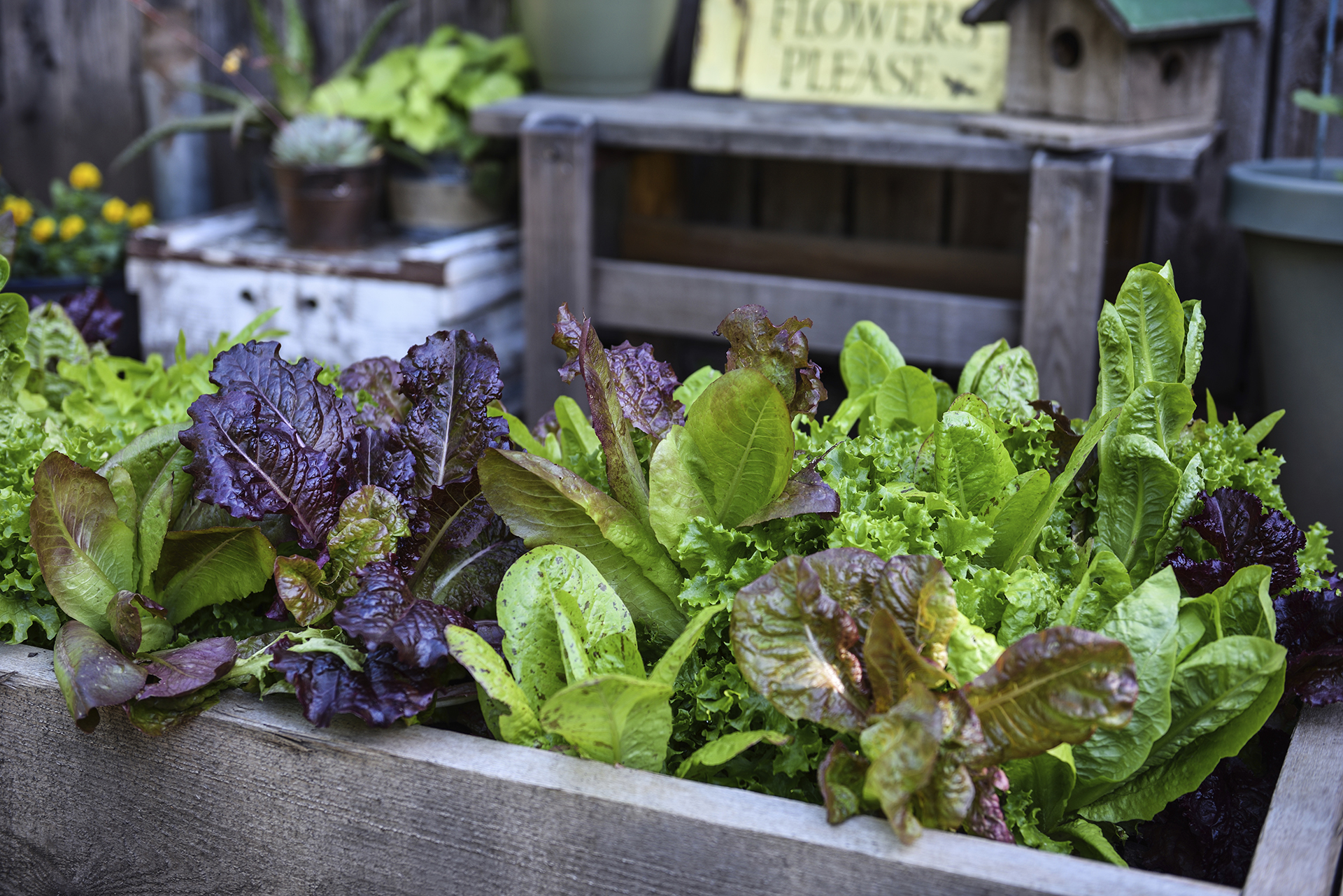
If you prefer a salad made up of different lettuce varieties, cut and come again salad leaves are a great option. You can buy packets of suitable mixed salad leaves, which are often quick-growing varieties.
Sow seeds thinly on moist compost in a seed tray.
Scatter a fine covering of compost on top of the seeds and keep moist. In winter these can be grown in a tray on a light windowsill.
As the name suggests, you simply harvest the bigger, outer leaves, snipping with scissors, or pinching with your fingers, leaving the root and the remainder of the plant to grow new leaves.
How to grow oak leaf lettuce
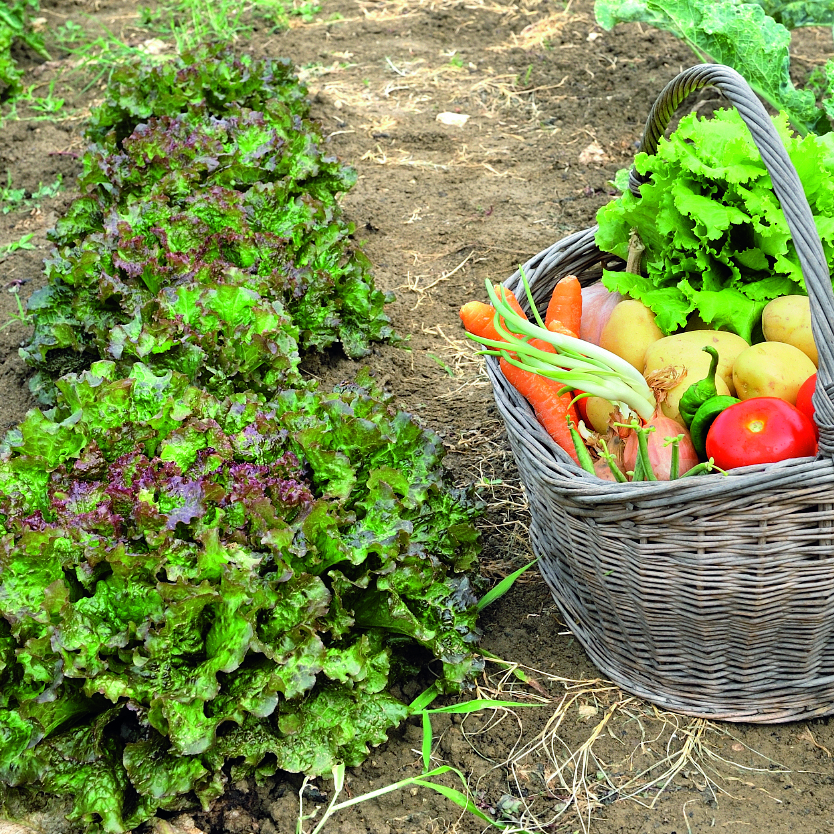
Oak leaf lettuces are versatile varieties that can be picked by the leaf, or allowed to mature into a full lettuce.
Don McCulley of Swallow Tail Garden Seeds says, 'Oak leaf lettuce has tender and mild-tasting, deeply-lobed leaves that can be picked individually or allowed to form dense, ruffly heads.'
He recommends the 'Samantha' and 'Blushed Icy Oak' varieties, adding the following general planting advice for all varieties: 'lettuce is a cool weather crop, best planted in the spring as early as the ground can be worked. Fall crops can be started in mid-summer in cool areas, or late summer in hot climates'.
Can you grow lettuce in containers?
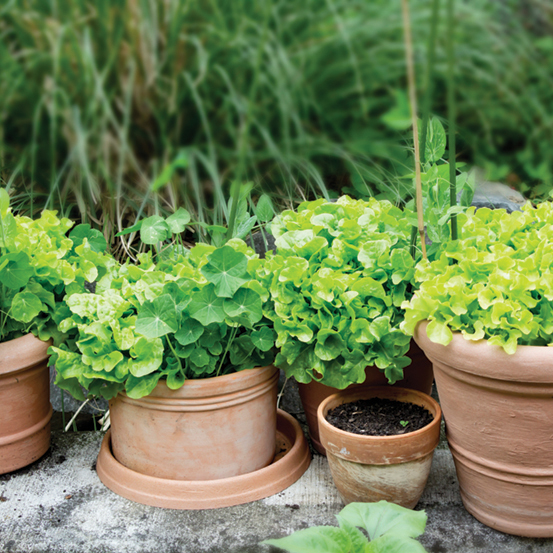
Excellent small vegetable garden ideas, all lettuce can be successfully grown in containers. Cut and come again lettuce works particularly well in a shallow seed tray, or in a container on a window ledge where it's easy to pick whenever you need a few leaves. You can even grow lettuce indoors in pots on a sunny windowsill.
For all types of lettuce in containers, you just need to provide the right conditions as you would if you were growing them in the ground outside – fertile soil, enriched with moisture retaining compost, enough space between plants, protection from extreme heat (so they don’t bolt) and extreme cold (so the frost doesn’t kill them), and regular watering, of course.
Common problems when growing lettuce
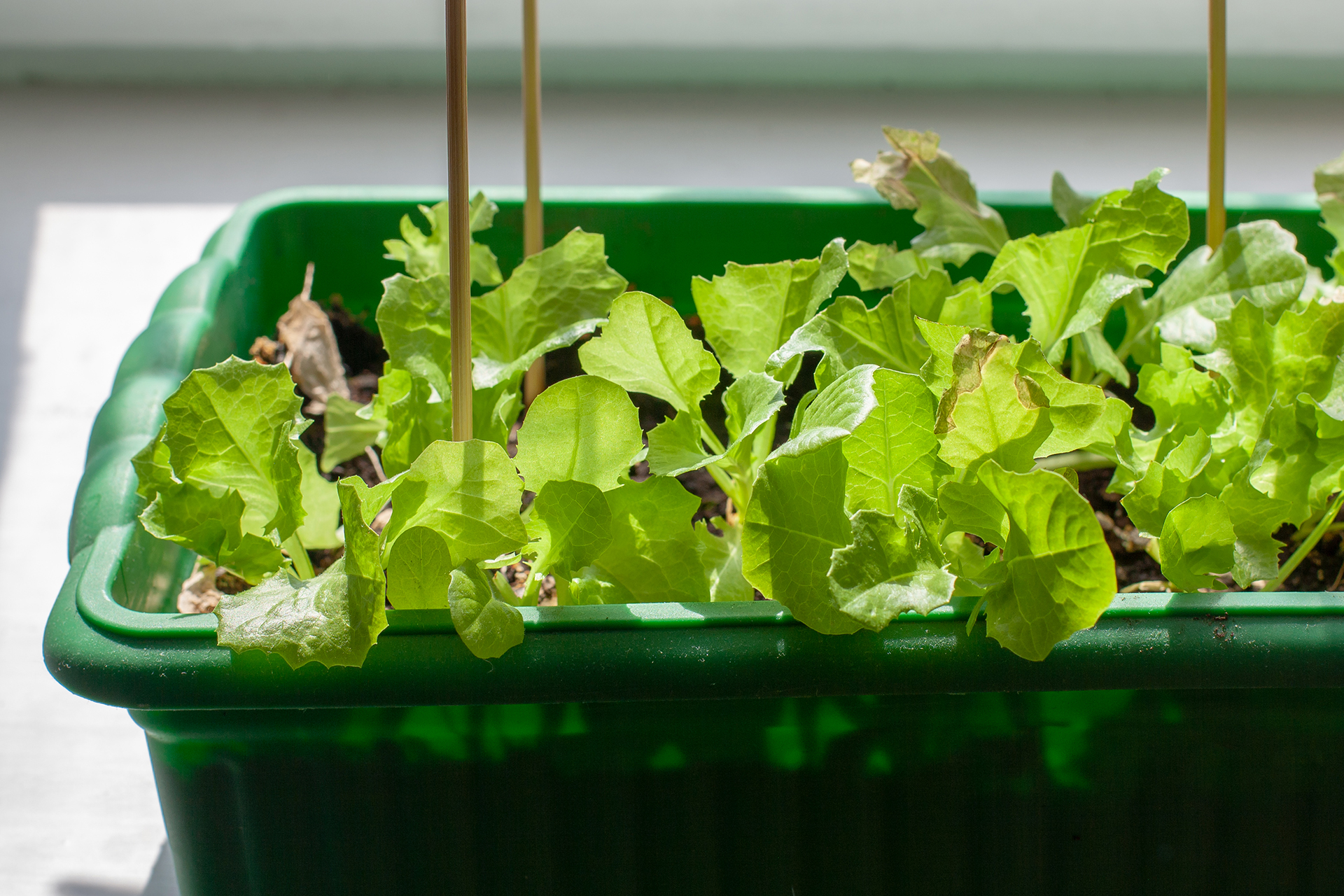
Slugs and snails find tender young lettuce plants irresistible. If you're growing them in containers protect them by fixing sticky copper tape around your pots, or using copper bands around the plants.
Alternatively you could use organic slug pellets, or try using nematodes – watering them into the soil. If none of those methods appeal, you could go into the garden in the evenings with a head torch, to collect slugs and snails and dispose of them or 'relocate ' them away from your crops.
Hot, sunny conditions Although they need light to germinate, lettuce plants do better in part shaded areas of the garden. They prefer cool, moist soil and if the conditions are too hot and sunny the plants have a tendency to bolt, so bear this in mind when selecting your spot in the vegetable plot.
Mildew Leaving enough space round each lettuce to allow it to develop to its full size will also allow air to circulate and help to prevent mildew. Take care when watering not to water the leaves, or into the heart of the lettuce, as this may cause the leaves to rot.
Sign up to the Homes & Gardens newsletter
Design expertise in your inbox – from inspiring decorating ideas and beautiful celebrity homes to practical gardening advice and shopping round-ups.
Karen sources beautiful homes to feature on the Homes & Gardens website. She loves visiting historic houses in particular and working with photographers to capture all shapes and sizes of properties. Karen began her career as a sub-editor at Hi-Fi News and Record Review magazine. Her move to women’s magazines came soon after, in the shape of Living magazine, which covered cookery, fashion, beauty, homes and gardening. From Living Karen moved to Ideal Home magazine, where as deputy chief sub, then chief sub, she started to really take an interest in properties, architecture, interior design and gardening.
-
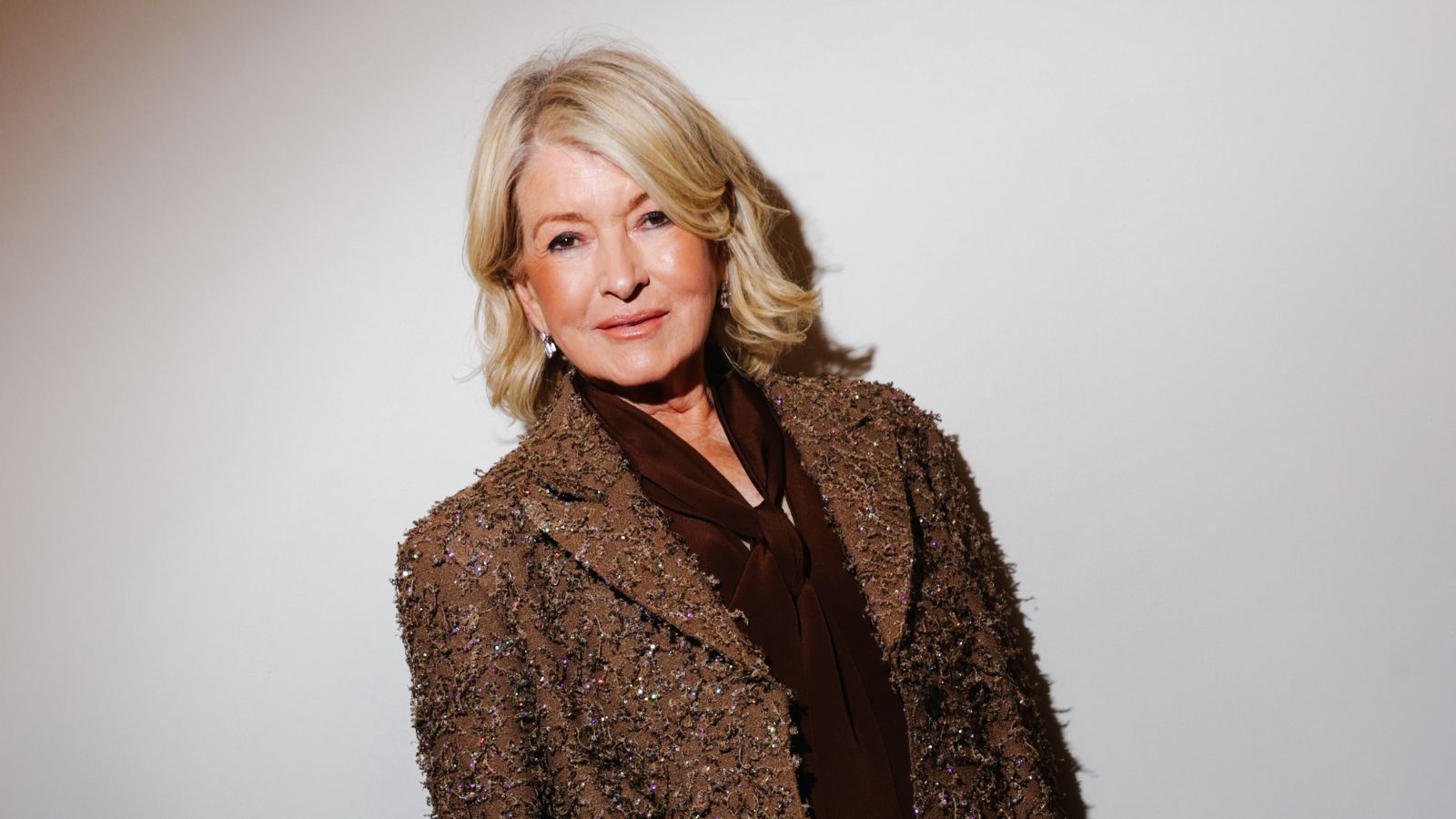 Martha Stewart designed an accent chair inspired by a 17th-century decorating technique – it's unlike any other piece (and, unbelievably, under $325)
Martha Stewart designed an accent chair inspired by a 17th-century decorating technique – it's unlike any other piece (and, unbelievably, under $325)This modern home must-have has roots in the 1600s, and it's hiding on Wayfair – I've written about countless chairs, but this one stopped me in my tracks
By Megan Slack
-
 This easy, quick, and non-toxic way to clean your garbage disposal is one that professional cleaners swear by
This easy, quick, and non-toxic way to clean your garbage disposal is one that professional cleaners swear byTry this natural option and kick harsh chemicals to the curb
By Rebecca Shepherd